How Do You Know If Your Content is Subject To Copyright Laws?
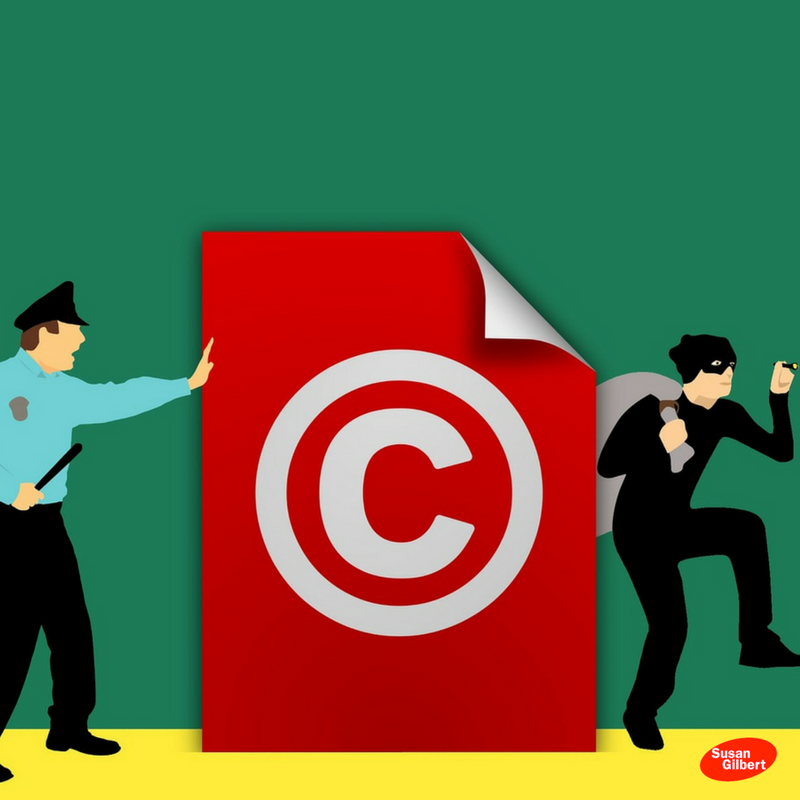 Images, music, and videos are what help attract visitors and create an interest for your brand on social media networks like Facebook, Instagram, Pinterest, YouTube and Twitter. This is where we as online businesses and authors need to be careful in selecting something that is not copyrighted or royalty-free. It’s easy to share something on your blog or networks that is of interest to your audience — the key is to check the copyright laws first.
Images, music, and videos are what help attract visitors and create an interest for your brand on social media networks like Facebook, Instagram, Pinterest, YouTube and Twitter. This is where we as online businesses and authors need to be careful in selecting something that is not copyrighted or royalty-free. It’s easy to share something on your blog or networks that is of interest to your audience — the key is to check the copyright laws first.
For example, if you use a photo that was taken by someone making his living from licensing their work you may get yourself into hot legal waters. Conduct a simple search and you will learn that most of the images found on Google are copyrighted. Most likely by Getty Images, one of the biggest stock photo agencies on planet earth, if not the biggest one. The consequences of not adhering to image copyright law can be quite serious. And legal action may also follow with hefty fines.
Here’s how the United States Copyright Office defines what is covered:
A form of protection provided by the laws of the United States for “original works of authorship”, including literary, dramatic, musical, architectural, cartographic, choreographic, pantomimic, pictorial, graphic, sculptural, and audiovisual creations. “Copyright” literally means the right to copy but has come to mean that body of exclusive rights granted by law to copyright owners for protection of their work. Copyright protection does not extend to any idea, procedure, process, system, title, principle, or discovery. Similarly, names, titles, short phrases, slogans, familiar symbols, mere variations of typographic ornamentation, lettering, coloring, and listings of contents or ingredients are not subject to copyright.
In order to avoid a letter from an attorney over copyrighted content, you will want to know what is included and what is safe to use. Recently Larry Kim wrote an article about this on Medium, and included this infographic put together by WhoIsHostingThis.com. The topics covered include:
- Works that might fall under the copyrighted category including music, literature, video, computer code, ect.
- The safe list of what does not need to include a copyright such as story ideas, measurements, public documents, telephone directories, order forms, ect.
- The difference between fan fiction and fiction by famous authors
- What is included for trademarks including brand names and company colors
- Which items can have a patent placed on them
Here is the infographic that explains all of the different types of content that you can safely use:

Source: WhoIsHostingThis.com
Bonus: 4 Ways To Safely Use Images For Your Blog
1 – Go to Google Images to conduct your search
This is the first place to begin your search, which is located at the images section when searching in Google:
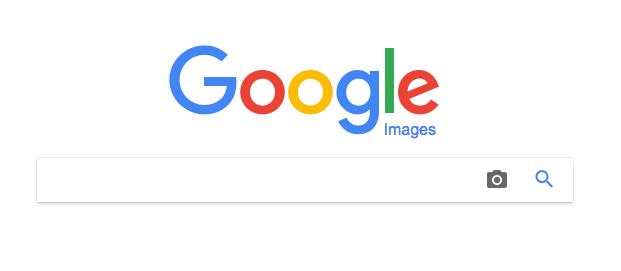
2 – Use Google Advanced Search to find safe content
After entering your search word(s), choose settings to access the advanced search:
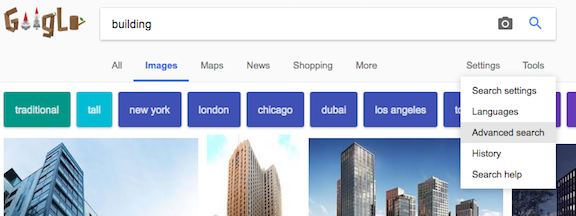
3 – Select Usage Rights
At the bottom of the setting you will see the Usage Rights menu. Click the dropdown menu to select Free to use or share, even commercially, and then click on Advanced Search:

Your images will appear and labeled for reuse:
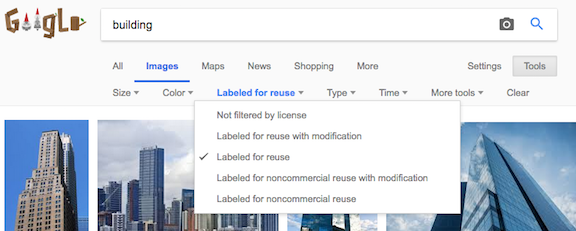
4 – Verify if the image can be used
Once you have found an image, you will want to take one extra step of precaution and verify that it can be used. TinEye is a free program which will give you a reverse search when uploading or entering the URL of your image:
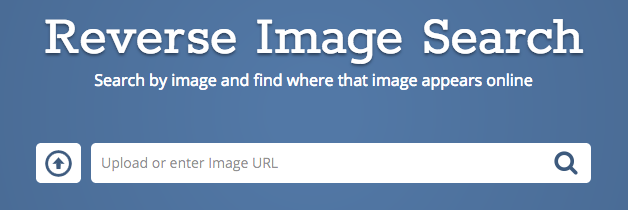
This is a great tool to find if an image has been shared on another site without the original owner’s permission.
Two other free stock image search I recommend include Pexels and Pixabay. Both websites offer a free signup with thousands of images to choose from updated on a daily basis.
You can never be too careful when it comes to choosing the right content for your brand. It is well worth taking the extra time. It ensures that you are not violating copyright infringement, especially when using these on your website.


0 Comments